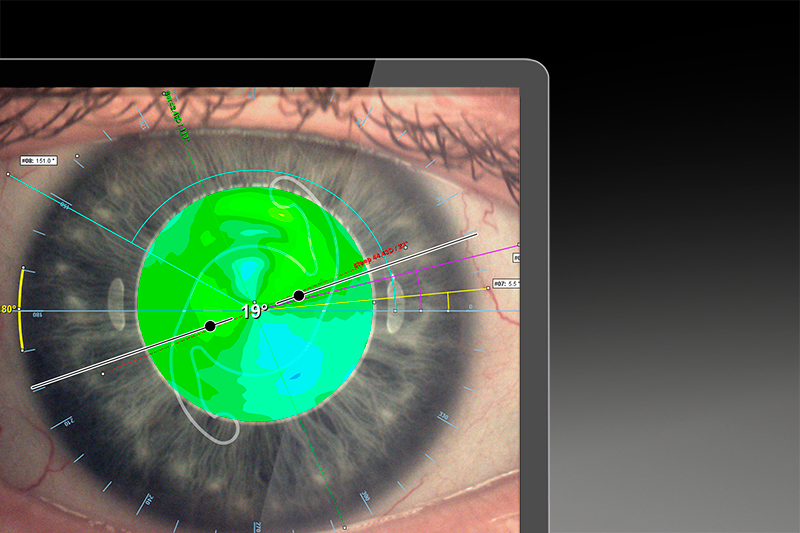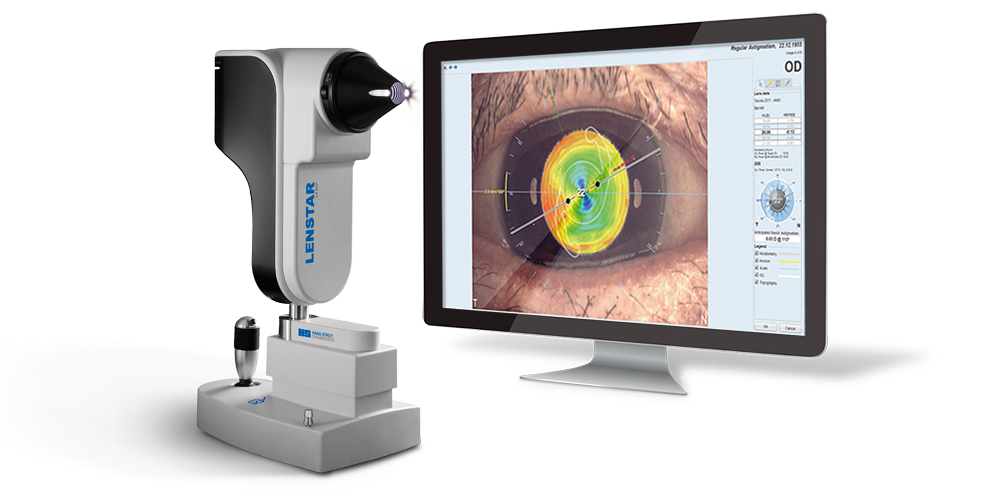Excellent calculation, intuitive planning
The T-Cone Toric platform complements Lenstar’s comprehensive measurement spectrum with true 11-ring Placido topography for reassurance of axis location and checking the regularity and symmetry of the astigmatism. Excellent toric IOL calculation is achieved with the integrated Barrett Toric Calculator, taking the front and back corneal surface into account. Surgical planning sketches based on high resolution images taken with Lenstar enable intuitive transfer of the plan to surgery for improved outcomes.
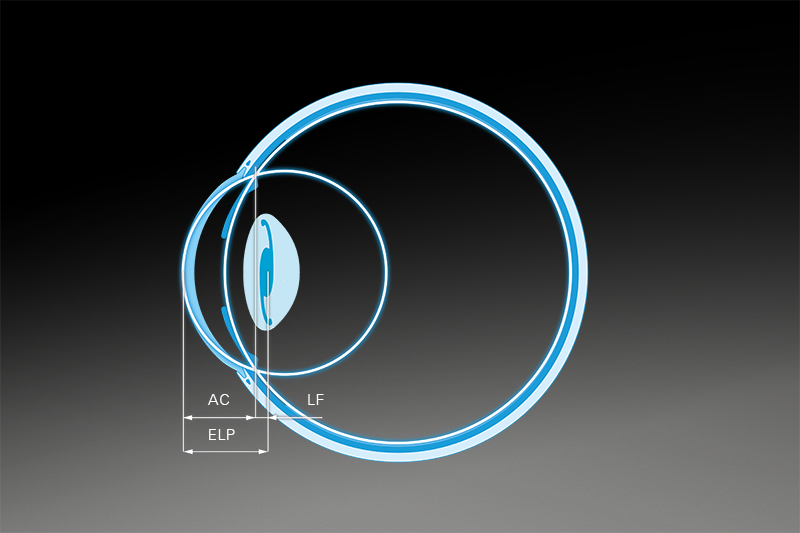
Better accuracy for toric IOL planning
The Barrett Toric Calculator is based on the well-established Universal II formula. It considers the front and back-surface of the cornea, features dynamic lens position calculation and incorporates lens geometry details founded on thick lens calculation methodology.
Leading technology in toric IOL prediction
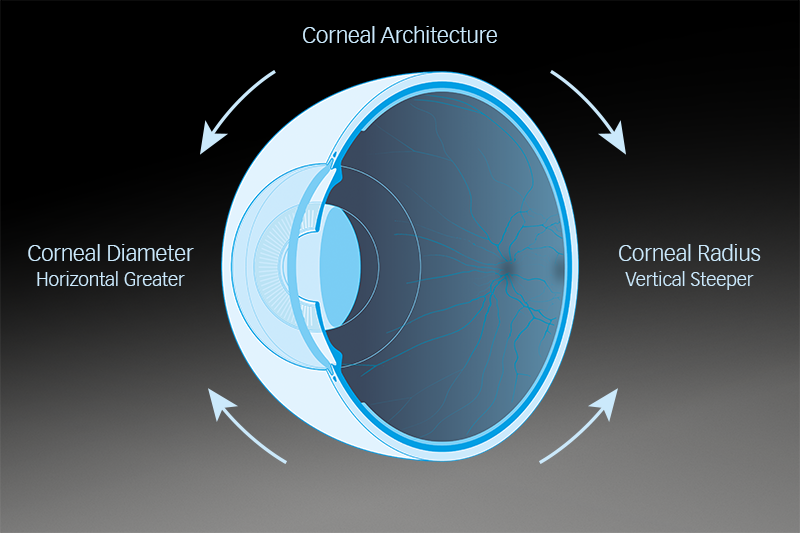


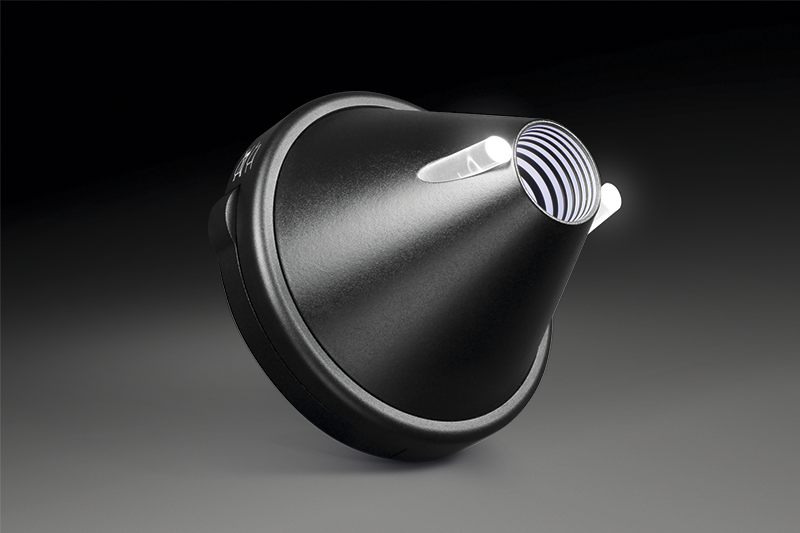
Match the axis with the T-Cone
With the optional T-Cone toric platform, the keratometry measurement of Lenstar is extended with true 11-ring Placido topography. This additional data improves the efficacy and safety of toric IOL surgery, enabling the surgeon to check the symmetry and regularity of the astigmatism.
Have the full information - no surprises
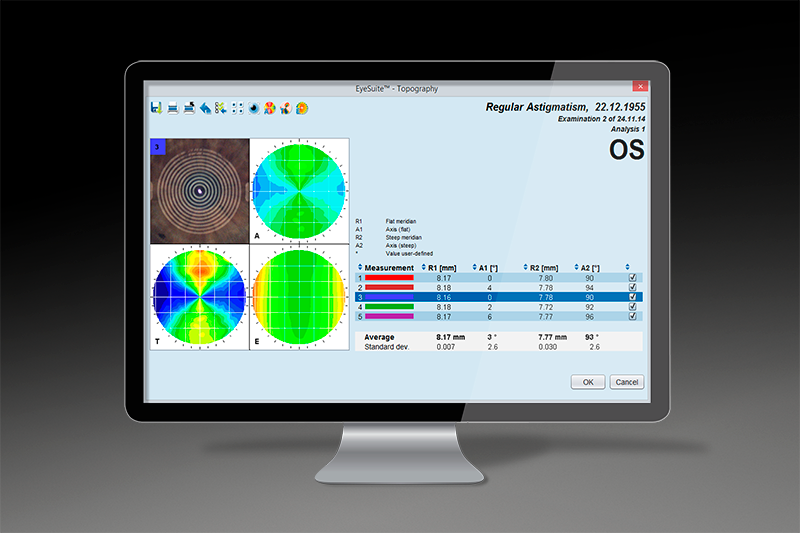

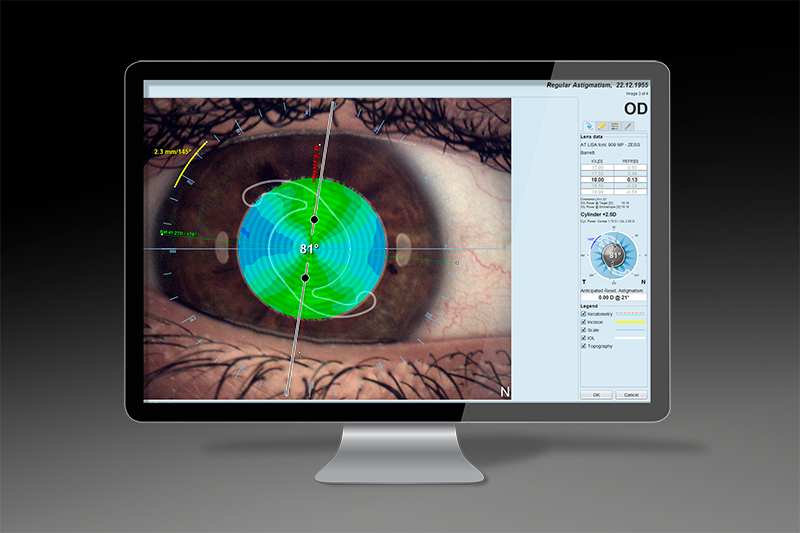
Visualize your plan
EyeSuite Toric Planner is part of the T-Cone Toric Platform and enables the user to intuitively plan his surgery on high resolution eye images. It also features an incision optimization tool to minimize the residual astigmatism by placing the incision in the right spot.
Intuitive transfer to surgery
